
Germany's Pavilion for Expo 2020 Dubai wants to edutain visitors about sustainability
By Alexander Walter|
Tuesday, Sep 25, 2018
Related
The Berlin office of global design firm LAVA – Laboratory for Visionary Architecture has been selected to plan the exterior and interior of Germany's pavilion for Expo 2020 in Dubai.
Under the title CAMPUS GERMANY, the nearly $60 million temporary structure will focus on themes of sustainability, renewable energy, and innovation. The exhibitions, conceptualized by facts and fiction from Cologne and Swiss firm ADUNIC, intend to showcase the country's achievements, and industrial clout, in the field.
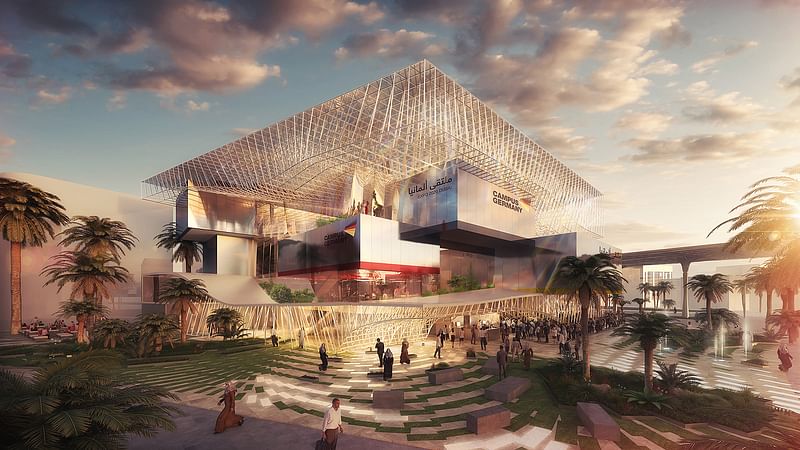
From the project description: "This campus metaphor presents the pavilion as a place of knowledge, research, dialogue and human interaction – an image that fits in well with the theme of EXPO 2020 Dubai. The German Pavilion will be a place that provides easily accessible information for visitors. A place where they can play an active role and feel part of a large community that is working to ensure a sustainable future. A place that turns the EXPO theme into reality: 'Connecting Minds, Creating the Future'."
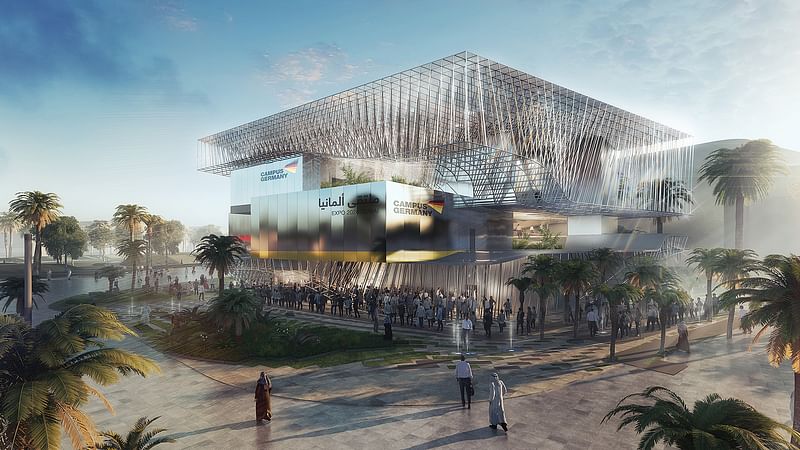
"The German Pavilion plot occupies a prominent position on the main thoroughfare of the EXPO, a circular path connecting the three theme districts. CAMPUS GERMANY will therefore be visible from afar from various directions – including from the Al Wasl Plaza, the centrepiece of the site. Conversely, the plot also offers a direct view of the host country’s pavilion, for which the United Arab Emirates has commissioned Santiago Calatrava as the architect."
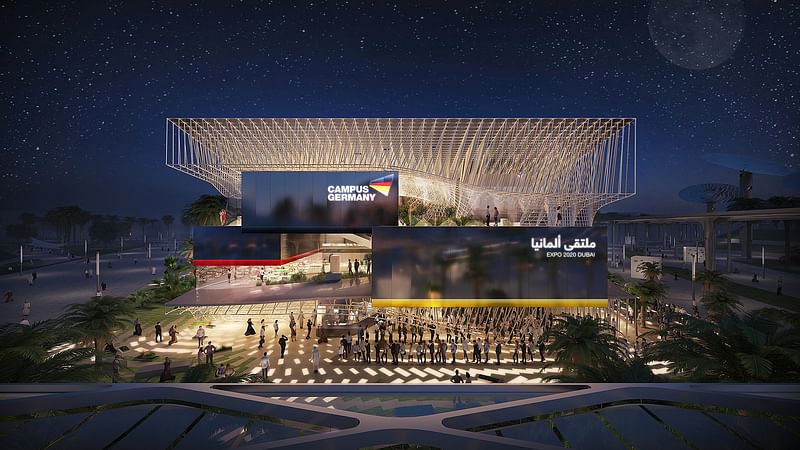
"The design of the German Pavilion gives an architectural form to the underlying campus idea while also taking into consideration specific criteria to be met by the building. It combines functional aspects – such as space requirements, route layout and visitor experience – with environmental factors related to the pavilion’s position on the EXPO site and the climate in Dubai. Sustainability also features strongly in the design."

"The campus idea has been adapted to the local conditions and translated from the horizontal to the vertical: an open, welcoming ensemble of individual building volumes is framed by the 'swaying' lines of the plinth and roof, creating a striking, dynamic look. This profusion of structures also represents Germany’s federal system and the diversity of its industry and research sectors."

"The cubes, each tailored for its own particular function, embrace a roofed atrium, protecting it from the sun. Like a campus, where a variety of buildings are brought together and framed by a park, the interplay between the pavilion’s cubes and the free-flowing expanses between them results in a fascinating sequence of spaces."

"The atrium is the real heart of the pavilion: a green, open area, offering many surprising perspectives and panoramic views. A place where lots of things happen at the same time – in the exhibition, on the stage and in the restaurant. On all levels, there will be people exploring the pavilion, chatting, sharing their thoughts and enjoying the campus atmosphere. CAMPUS GERMANY will be a democratic, transparent place – multi-faceted, diverse, varied and lively: a place for people. This is a concept that makes the building itself part of the exhibition, turning it into a tool with which to connect people and content – true to the EXPO theme of 'Connecting Minds, Creating the Future'."
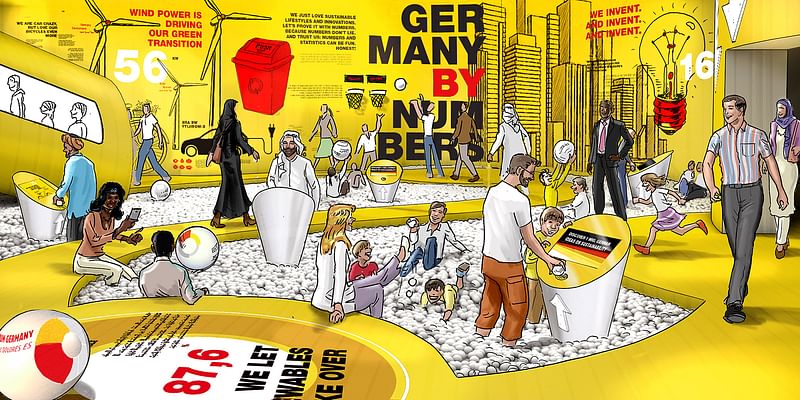
"On their journey through the German Pavilion, visitors will come across a number of campus-related features. Everyone will be 'enrolled' and given a name badge when they enter the building. This is a small, personal gesture to establish the spirit of the campus – a place where everyone is equal and anyone can talk to anyone.
"An 'induction event' will present the campus metaphor and the theoretical concept behind it – the Anthropocene, the era of human impact. It will explain that humankind has become the major factor influencing our planet today – both in negative and positive ways – and that there is hope if people work together to ensure sustainable living.
"The next room, the Welcome Hall, will showcase Germany as an international centre for sustainability – in the, admittedly, rather surprising form of a pit of balls sporting the colours of Germany’s flag, black, red and gold. In fact, the 150,000 balls will contain data and each tell a short story, present a fact or feature a sustainability champion from Germany."

"Visitors will then move on to the actual 'curriculum', exploring three areas that each focus on a key sustainability issue. In the Energy Lab, with its dark, pulsating 'energy cables', they will discover energy supply solutions for the future. In the Future City Lab, they will become part of an all-encompassing urban landscape and explore innovations for the cities of tomorrow. And in the Biodiversity Lab, they will experience the beauty and vulnerability of nature beneath a suspended installation of magnificent proportions.
"Between the labs, visitors will repeatedly find themselves on the terraces of the open atrium, where they can experience the campus in all its spectacular diversity. In line with the principles of collaboration and communication that underpin the German Pavilion concept, many of the exhibits here will only function if several people work together to operate them."
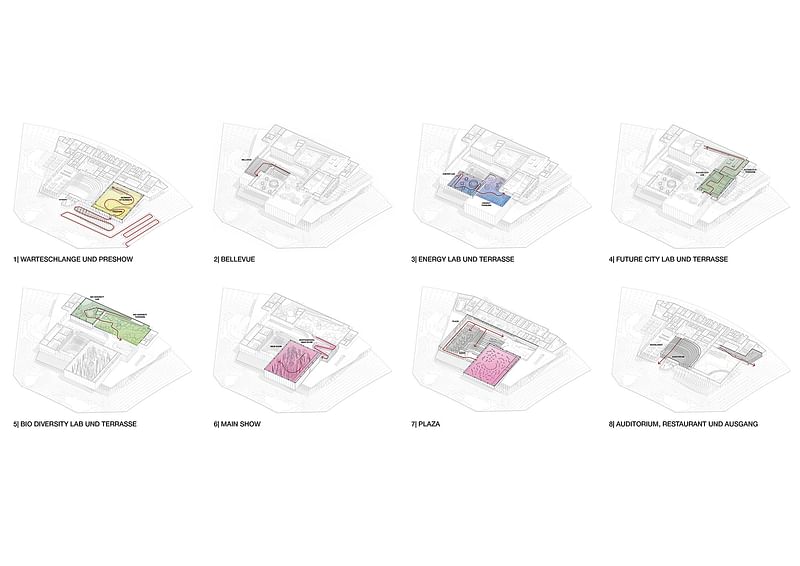
"The visitor journey ends in the Graduation Hall with a surprising grand finale – a show on swinging seats. Aided by the intelligent IAMU system, the visitors from all over the world will come to realise that there is much more that unites them than divides them. They will see that if they join forces – by swinging back and forth together, for example – they can achieve much more than they think. An unexpected end to the journey and one that will stir visitors’ emotions and give them a sense of hope."
Find more renderings and diagrams in the image gallery below.

RELATED NEWS querkraft designs grid of cones for Austrian Pavilion for Expo 2020 Dubai

RELATED NEWS Fentress Architects to design USA Pavilion for World Expo 2020 in Dubai

RELATED NEWS Santiago Calatrava to design falcon-like UAE Pavilion for Expo 2020 Dubai

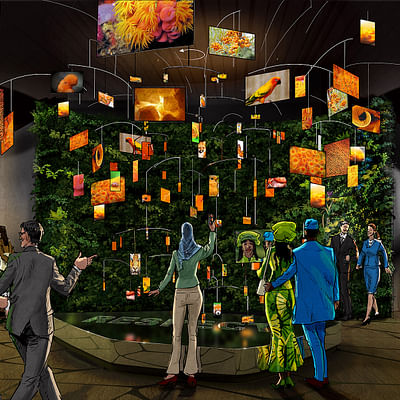
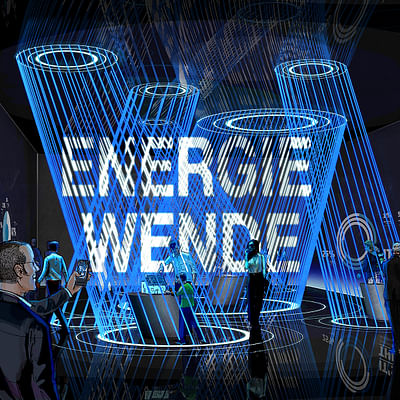
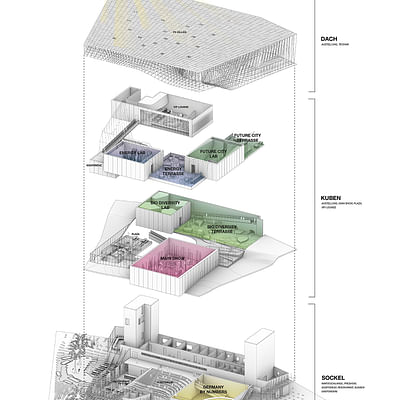
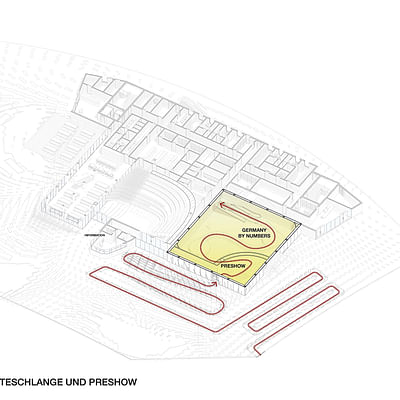


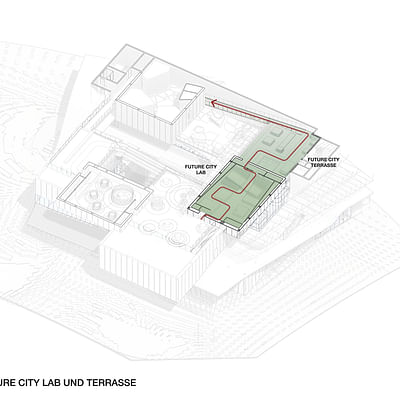

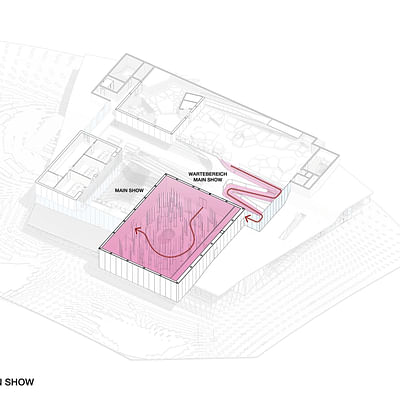



Share
0 Comments
Comment as :